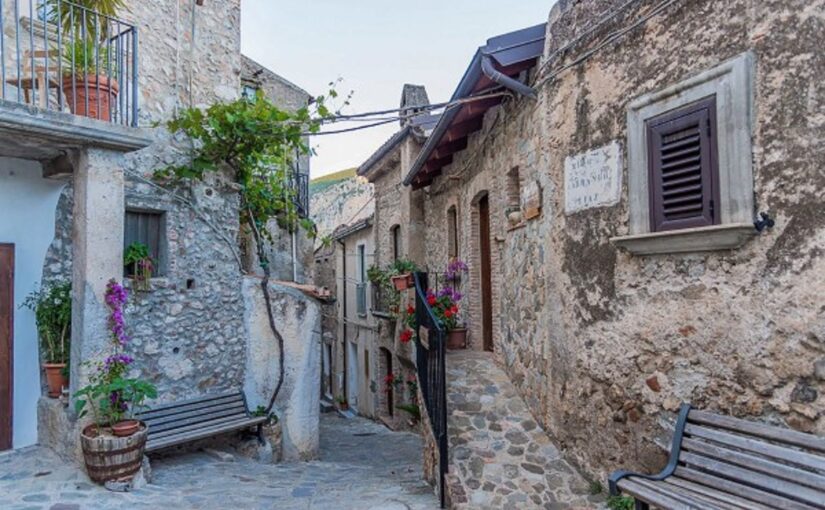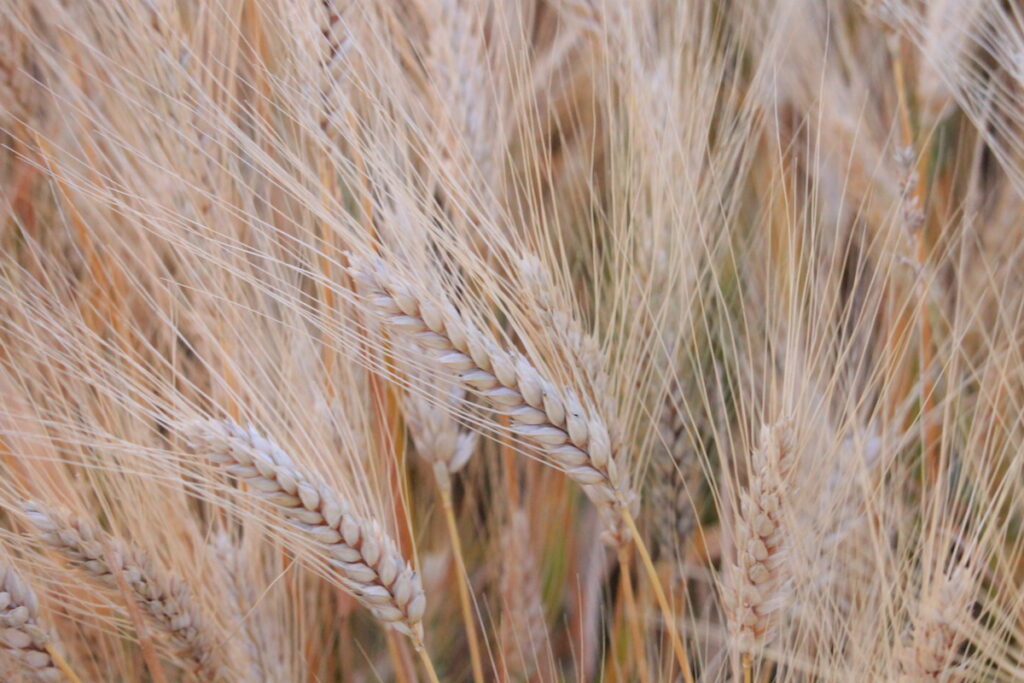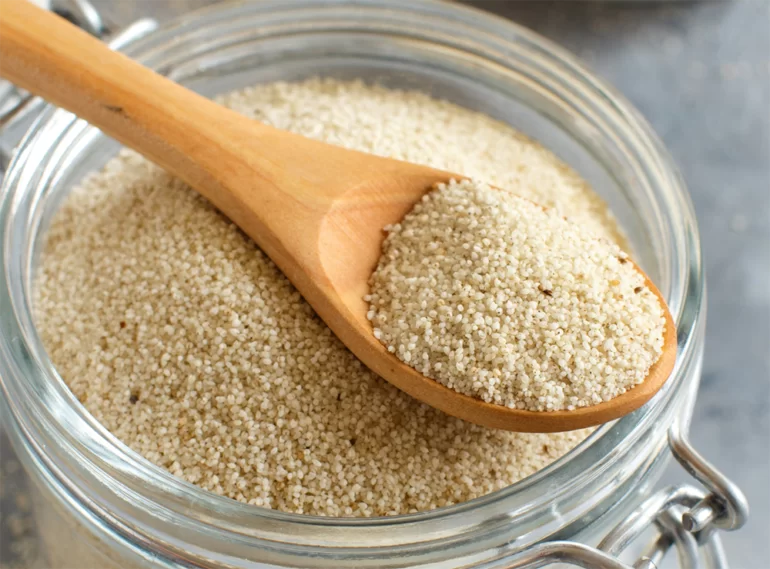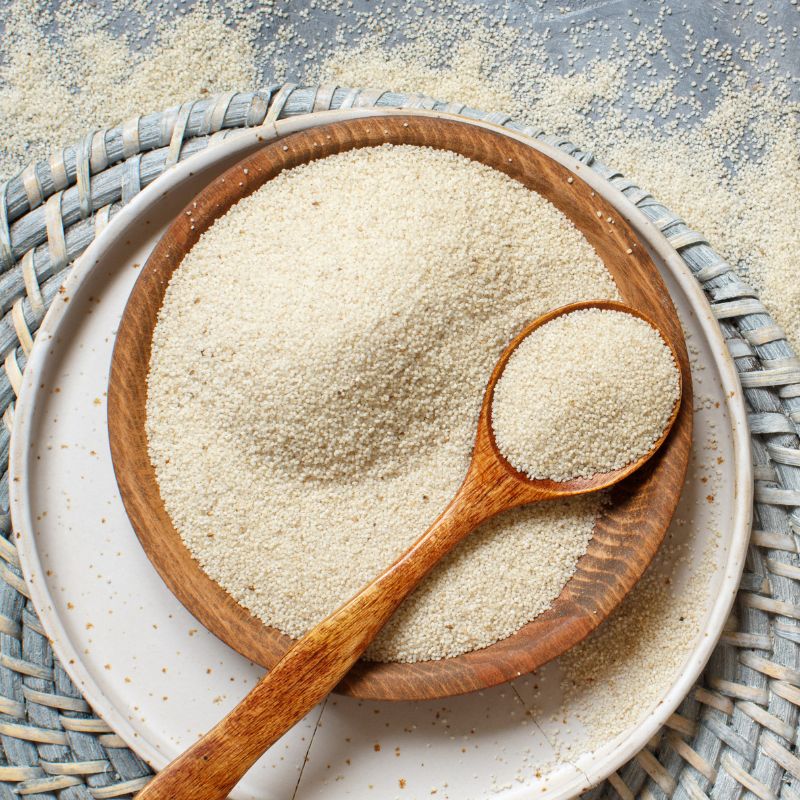11.09.2024
THE PLACE
The town of Frascineto, in the province of Cosenza and located in the beautiful Pollino Park, has a population of 2,310 inhabitants, mainly of Albanian culture and language. The Arbëreshë community (that is Italy-Albanian), still preserves the language, culture, and traditions of its origin, as well as religious services in the Byzantine rite, subject to the ecclesiastical jurisdiction of the Eparchy of Lungro.
As in the rest of Italy, viticulture occupies a prestigious position among the agricultural activities of the region, and the wines produced in the province are known for their originality and quality.
However, the town of Frascineto is situated at an altitude of 486 meters above sea level, and being a mountain community, local producers have sought the best locations for their vineyards to obtain grapes suitable for producing wines in line with the high standards present in the province of Cosenza.
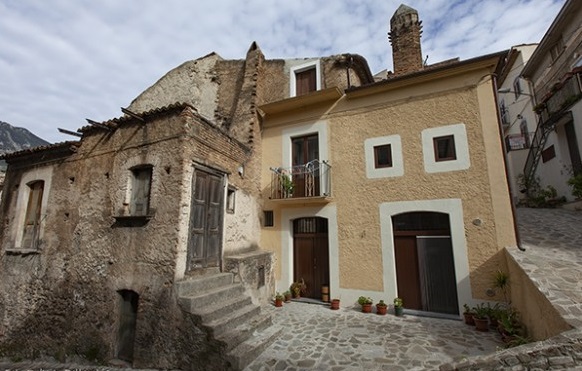
FRASCINETO WINE: MAGLIOCCO
In Frascineto, a town located in Calabria, a wine known for its indigenous characteristics and the use of local grape varieties typical of the area is produced. Among the most important varieties stands Magliocco, a red grape native to Calabria. Even though Frascineto is not one of the most famous wine regions in Calabria, the local wine production reflects the traditions and peculiarities of this region.
The main characteristics of the wine produced in Frascineto are as follows:
- Grape Variety: Magliocco is the predominant grape variety. It is an ancient and native variety of Calabria, widely spread in the provinces of Cosenza and Catanzaro. It is used to produce high-quality red wines, often in purity or together with other local varieties.
- Color: Magliocco-based wine is usually an intense ruby color, which may tend towards garnet with aging.
- Aroma: It has a complex aromatic bouquet, recalling notes of ripe red fruits such as cherries, plums, and blackberries, along with spicy hints like black pepper, tobacco, and sometimes a slight herbaceous note.
- Taste: On the palate, Magliocco wine is full-bodied, with soft but present tannins. It has good structure and persistence, with a pronounced acidity that balances the robustness of the body. The flavors recall wild berries and spices, with a slight minerality typical of Calabrian soils.
- Pairings: Thanks to its structure and complexity, Magliocco wine pairs well with rich and flavorful dishes of Calabrian cuisine, such as roasted meats, game, cured meats, and local cheeses. It is particularly suitable for lamb or pork dishes, typical of the local tradition.
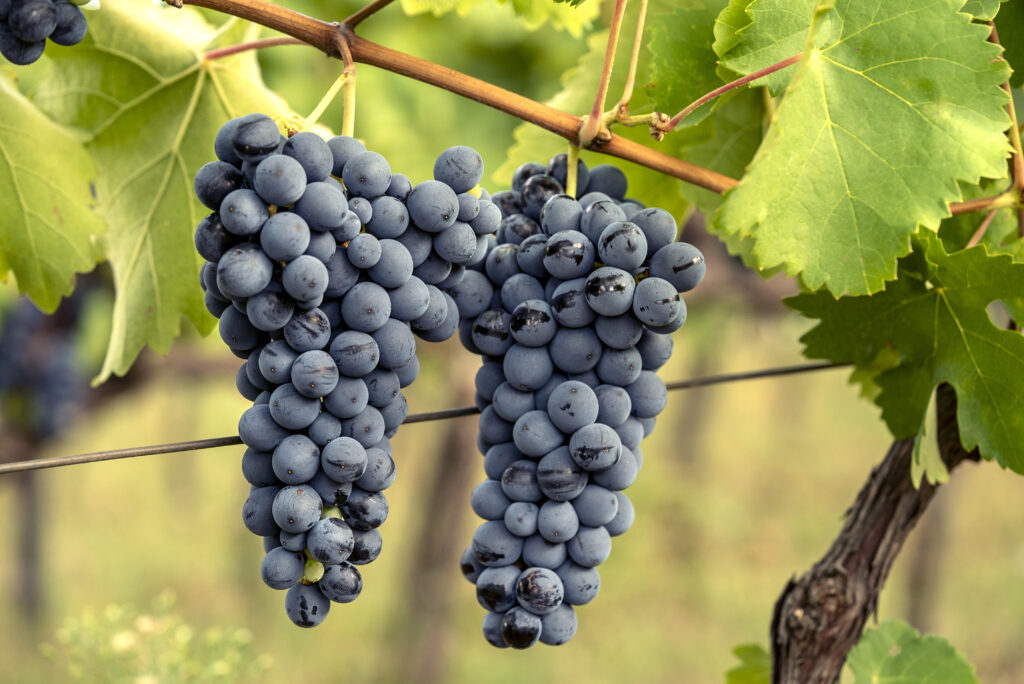
NOTES ON THE TERROIR
Frascineto is located at the foot of the Pollino National Park, an area characterized by a particular microclimate that favors vine cultivation. The soil is predominantly calcareous and clayey, with good temperature fluctuations between day and night, factors that contribute to the aromatic concentration of the wines produced.
LOCAL CUISINE PAIRED WITH MAGLIOCCO
Viticulture in Frascineto is embedded in a context of deep-rooted food and wine traditions, where wine production is often managed by small family-run businesses. This allows for special attention to quality and tradition in winemaking. Additionally, another typical wine of the area is the Terre di Cosenza DOC, particularly from the Pollino subzone.

The gastronomy of Frascineto, a small Calabrian town located at the foot of the Pollino National Park, is closely linked to Arbëreshë tradition (the Albanian community that settled in this area centuries ago) and to typical Calabrian cuisine. The local cuisine reflects the simplicity and genuineness of the raw ingredients, enhancing local products such as olive oil, cured meats, cheeses, vegetables, and meats, often prepared according to ancient recipes passed down through generations.
Typical dishes of Frascineto include:
- Lagane e ciciri: This dish is one of the most representative dishes of Calabrian and Arbëreshë tradition. Lagane is a type of fresh pasta similar to tagliatelle but without eggs, while ciciri are chickpeas. The dish is prepared with a base of chickpeas slowly cooked in a light sauce made with garlic, oil, and chili pepper, accompanied by the lagane. It is a simple but very nutritious and flavorful dish.
- Fërgesë: A dish of Albanian origin that has been adapted to local cuisine. It is a kind of stew made with meat, peppers, tomatoes, and ricotta, all slowly cooked until a dense and flavorful cream is created. This dish is often served at traditional lunches of the Arbëreshë community in Frascineto.
- Salsiccia and soppressata calabrese: Salsiccia and soppressata are among the most famous cured meats of Calabria, and Frascineto is no exception. They are produced artisanally using pork meat, seasoned with chili pepper, wild fennel, and salt, then stuffed and left to age. The climate of the area is ideal for curing the meats, which are appreciated for their intense and spicy flavor.
- Local cheeses: Frascineto is also famous for producing traditional cheeses like pecorino and ricotta. Calabrian pecorino is a hard, aged cheese with a strong and intense flavor. Ricotta, both fresh and salted, is used in various dishes or eaten on its own.
- Arbëreshë soup (Përshesh): Another traditional dish of the Arbëreshë community is Përshesh, a rustic soup made with crumbled stale bread cooked in a flavorful broth of vegetables or meat. This humble dish reflects the ancient tradition of wasting nothing and is served mainly during the winter months.
- Baked kid: Kid (young goat) is a very common meat dish for festive meals and religious celebrations in Frascineto. It is slowly roasted in the oven with potatoes, garlic, rosemary, olive oil, and often accompanied by seasonal vegetables.
- Pitta (Pite): This is a rustic bread, often stuffed with ingredients such as onions, olives, anchovies, or sausage. In the sweet version, it can be filled with walnuts, honey, and raisins. Pitta is considered one of the most versatile specialties and is prepared in various versions depending on the season and available ingredients.
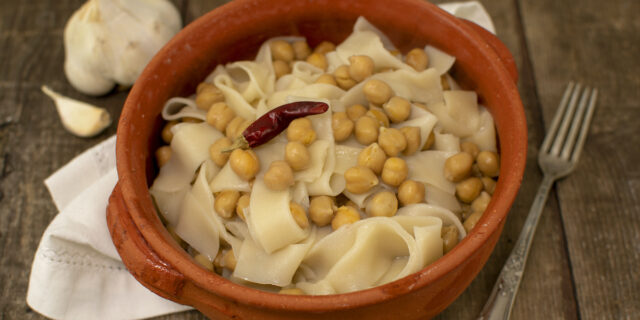
Traditional desserts that pair with the delightful Magliocco wine include:
- Kulaç: This sweet bread typical of the Arbëreshë tradition is prepared mainly during religious holidays or special events. It is a type of sweet focaccia, soft, with a compact texture, and often enriched with raisins, anise, or fennel seeds.
- Scilatelle di Carnevale: During the Carnival season, scilatelle, fried sweets made from flour, water, and sugar, are prepared in Frascineto. They are then sprinkled with powdered sugar or dipped in honey.
- Cudduraci: A typical Calabrian sweet made during Easter, similar to a sweet biscuit shaped like a ring or other decorative figures. It is often decorated with hard-boiled eggs, symbolizing rebirth.
Other local products include:
- Extra virgin olive oil: Frascineto is nestled in a hilly area where olive cultivation is widespread, and the production of high-quality extra virgin olive oil is one of the local excellencies.
- Chili pepper: As in much of Calabria, chili pepper plays a central role in the cuisine of Frascineto. It is used to season many dishes, from pasta to meats, and to prepare condiments like the famous ‘nduja from Calabria (although the latter is more typical of other areas of Calabria, such as Spilinga).
Overall, there are many Arbëreshë influences in Frascineto’s cuisine. The Arbëreshë community of Frascineto has preserved many of its Albanian culinary traditions, which blend perfectly with the ingredients and techniques of Calabrian cuisine. The recipes reflect a rural culture where meals are prepared with simple and genuine ingredients but with intense and satisfying flavors.

In conclusion, Frascineto’s cuisine is a true reflection of its history and territory: bold flavors, local products, and cultural influences that combine to create unique dishes deeply connected to the Arbëreshë and Calabrian traditions.

